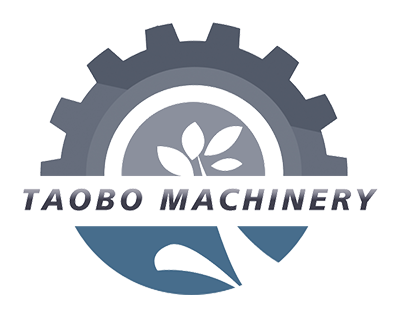The pigeon pea grading screen is a device used to precisely separate pigeon peas (also known as pigeon peas) by particle size. Its core operating principle is based on the synergistic effect of a vibrating screen and a grading screen. Physical vibration loosens the material, stratifies it, and allows it to pass through screens of varying apertures, ultimately achieving particle size classification. The following is a detailed breakdown of its operating principle:
I. Core Components and Functions
The key components of the grading screen determine screening efficiency and accuracy, primarily including:
Vibration Source: Typically an eccentric wheel or vibrating motor driven by a motor, which provides periodic vibration in a specific direction (such as linear, elliptical, or circular), generating high-frequency, small-amplitude motion on the screen surface.
Grading Screen: Multiple layers (usually 2-4) of metal or nylon mesh with varying apertures, with apertures decreasing from top to bottom. Each layer corresponds to a particle size grade (e.g., large, medium, small, and broken/impurities).
Feeding Device: Such as a feed hopper and guide plates ensure that the pigeon peas are evenly and continuously distributed across the entire width of the top screen, preventing accumulation. Discharge: Each layer of screen has an independent discharge channel to collect pigeon peas of different particle sizes.
Screen cleaning device (optional): Such devices, such as pinballs, brushes, or airflow, prevent pigeon pea particles from becoming stuck in the screen holes (“blocking”) and ensure the screen is clear.
II. Workflow and Physical Effects
The screening process of the pigeon pea grading screen can be divided into four key steps:
Feed and Distribution: Pigeon peas to be graded enter the equipment from the feed hopper and are evenly dispersed onto the feed end of the top screen by a guide plate, ensuring uniform distribution of the material on the screen surface and avoiding local overload.
Vibration Loosening and Stratification: The vibration source drives the screen surface to vibrate at high frequencies, producing two core effects:
Loosening the Material: Vibration breaks down the agglomerates of pigeon pea particles, causing the material to “boil” and loosen, allowing small particles to pass through the screen holes. Particle size stratification: Due to the tossing effect of vibration, large particles, due to their greater inertia, are “lifted” and more easily moved downstream from the screen surface. Small particles, due to their smaller inertia, are more likely to pass through the apertures of the upper screen and fall onto the lower screen, achieving preliminary particle size stratification.
Gradual screening and separation: Materials move downstream along the inclined screen surface, passing through multiple layers of screens in sequence:
Top screen (largest aperture): intercepts coarse particles (such as immature large grains and foreign matter) and discharges them through the top outlet;
Middle screen (medium aperture): intercepts qualified medium particles and collects them through the middle outlet;
Bottom screen (smallest aperture): intercepts qualified small particles and collects them through the bottom outlet;
Bottom screen (unscreened area): Crushed particles, dust, or impurities that pass through the bottom screen are discharged through the bottom outlet.
The aperture size of each screen layer can be flexibly adjusted based on production needs (e.g., pigeon pea processing for food, seed, or feed). If the screen cleaning and discharge are equipped with a screen cleaning device (such as a pinball), the pinball will continuously hit the back of the screen during the vibration process, “ejecting” the particles stuck in the screen holes to prevent the screen from being blocked; finally, pigeon peas of different particle sizes are continuously discharged from the corresponding discharge port, completing the grading.
The efficiency and accuracy of a grading screen depend on the following parameters: vibration frequency and amplitude, screen surface inclination, mesh size, and material.
In summary, the Taobo pigeon bean and chickpea grading screen achieves efficient and precise separation of bean particles through a physical process of “vibration loosening – particle size stratification – step-by-step screening.” It is widely used in the pre-processing of pigeon beans, chickpeas, and coffee beans, providing uniformly sized raw materials for subsequent cleaning, peeling, and packaging processes.
Post time: Sep-22-2025







